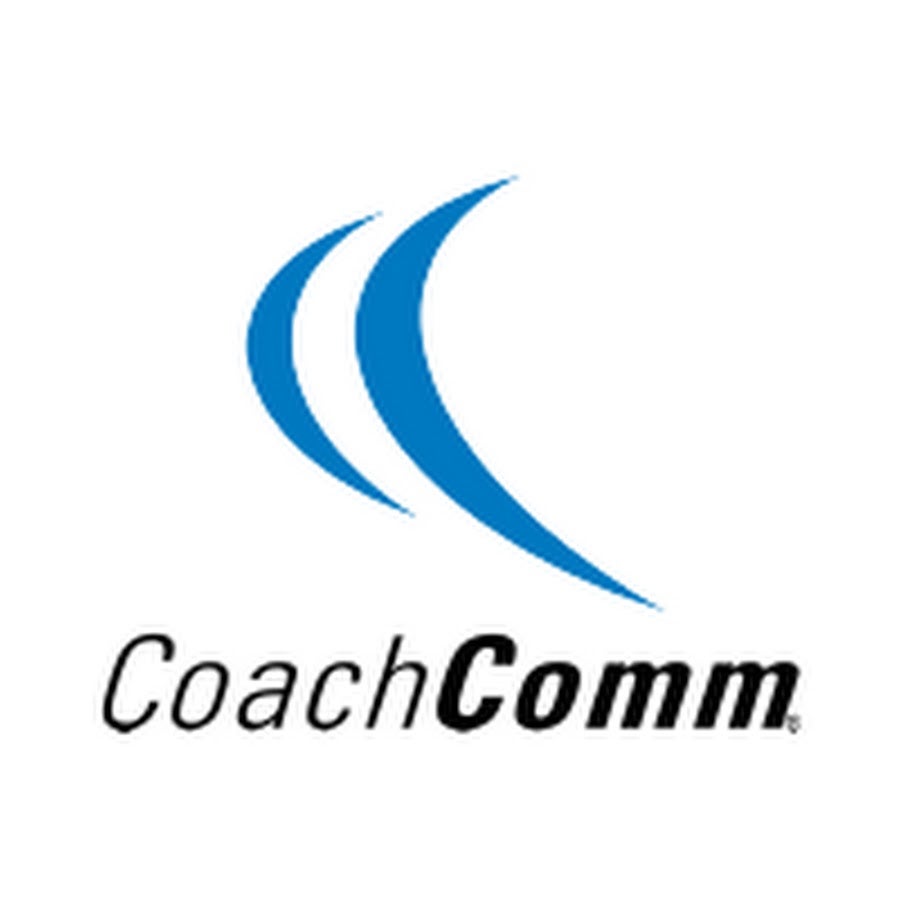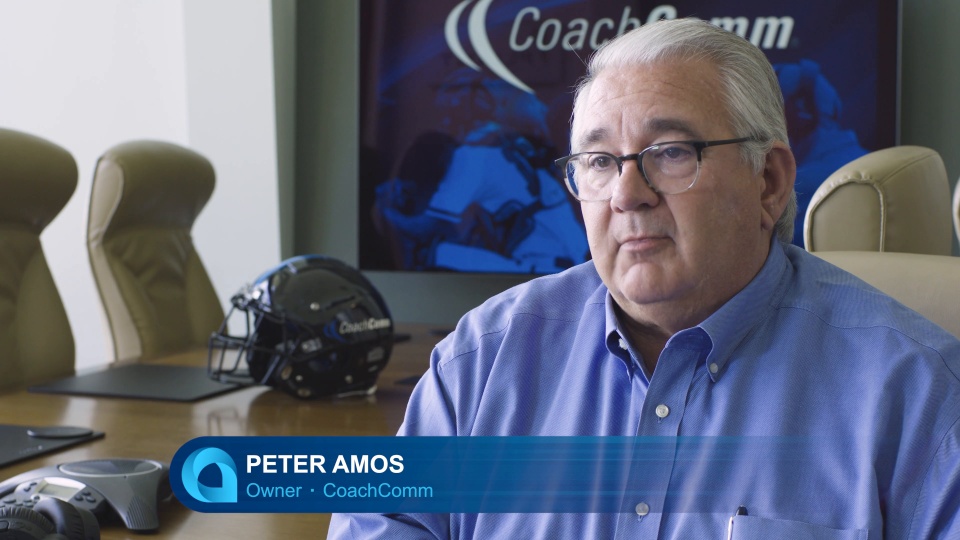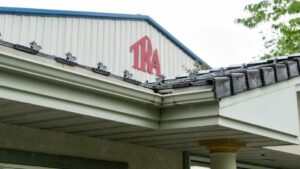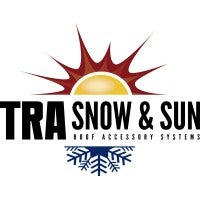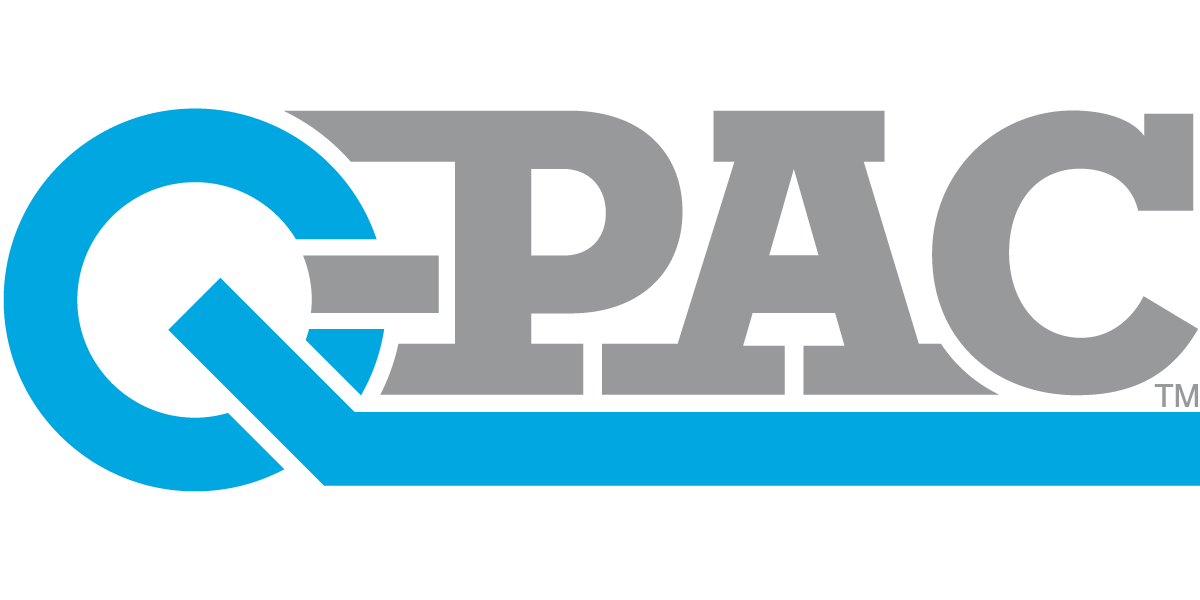There comes a time in organically growing mid-sized firms when executives realize the
processes they use can’t scale any further. At CoachComm, which makes headsets for
coaches, broadcasters, and industrial applications, owner Peter Amos recognized his legacy
technology was throttling company growth. Like many small business owners, he had heard
that ERP implementations could take years and cost millions, and often ran way over budget,
misconceptions Amos says took him years to overcome.
But reviewing how the Auburn, Alabama-based company manually processed data through
various legacy applications forced him to overcome his hesitation. Most telling was how
CoachComm attempted to manage its MRP manually, which required a full-time employee.
“What we do is relatively complex,” Amos says. “We’re not building rocket ships, but we’re
probably close. We build circuit boards in-house with over 3,000 parts per unit. Managing all
those parts to make sure we had what we needed at any given moment for all the different
circuit boards that we build is quite the task.”
CoachComm’s headsets also include plastics, metal components, and other materials. Some
of its products are make-to-order while others are make-to-stock.
The company sells direct to coaching clients, which include hundreds of high schools and
colleges, the NFL, and the Canadian Football League. It also sells through distributors to local
and national broadcasters such as NBC’s 30 Rock, The Tonight Show, and MSNBC, to name a
few customers. CoachComm also stocks inventory to support its field service team.
“Our people were doing a darn fine job manually managing it, but MRP was an impossible
task,” Amos says. To make sure they never ran out of parts, the company overstocked its
parts, and inventory ballooned. “We just overcovered ourselves on inventory because we were
so scared we were going to run out something instead of actually knowing what was going on,” Amos says.
One person manually managed the MRP spreadsheets, which included data from purchase
orders, service orders, inventory levels, and future work orders. After adding the new data, an
update took 45 minutes to an hour to run.
“Then you have to decipher everything and set priorities,” says Gardner Swindall, Senior
Supply Chain Manager. “Our inventory planner had to go look at what he had to build, and
when the need-by dates were. Then we’d have to run (the spreadsheet) again because the
materials needed weren’t in the spreadsheet.”“We run up to 25 levels of components for our finished goods,” he adds. “That process
was for pre-assemblies, which went into sub-assemblies, and all the way down to the circuit
board level.”“Every day we were running this manually,” Swindall continues. “We got to the point where
we were trying to run it three times a week, but if we did that, we might miss orders so we had
somebody running that every day.”
Disconnected Applications
CoachComm struggled to manually reconcile data in its standalone systems, which included
its Aptean Southware legacy ERP system, Infor CRM (formerly Sales Logix), and Agile as well
as a few other applications. These on-premises applications contained historical data spanning
nearly 30 years. However, the data was not uniform. Customer names, part numbers, and
other information were not consistent within those applications and required a lot of manual
reconciliation for every process in the manufacturing organization.
“I dreaded changing from Southware; everything about changing systems was abhorrent to
me,” Amos says. “I’ve heard and seen so many bad stories of companies moving, even if it
was from one system to another. It got to the point where our software, as fine as it was, was
just not adequate for our type business and what we do. Finally, we just decided we had to
take the leap.”
The disconnected systems hampered information exchange, and assembling data for sales or
customer service required extra work, executives say.
“From a sales perspective, the CRM had no view into inventory, shipping details, or other
data we might want to see like support tickets,” says Mike Whitley, Vice President of Sales.
“We spent an inordinate amount of our time combing through information, which was not the
best use of our time. Even when I got the information from other systems, the integrity of the
information was suspect at best.”
The sales team used the CRM system to send orders to customer service, which operated
in Infor CRM. “They had to completely convert those part numbers into another set of part
numbers and go in manually,” Whitley says. “We also didn’t have visibility all the way through
support tickets.”
Customer service, technical support and the field service teams work under one umbrella but
have independent functions. Each team lacked visibility into service orders to understand what
was done during service calls. Instead, they had to track down the person who performed the
service to ask what was done.
For a company that prides itself on having the best customer service, delivering information
and products to customers that always need fast turnarounds was becoming problematic.
A lack of information also hindered the shipping department. Swindall says Aptean Southware
lacked checks and balances, which sometimes resulted in negative inventory draws. The
shipping department didn’t have insight into returns or notifications if an item was out of stock.
Amos says he lacked the deep financial data he needed to make the best decisions.
“Without data, you don’t know how you’re performing or how to adjust how you’re performing,” he says.
“You need information to know where you’re at.”
 Canada (English)
Canada (English)
 Colombia
Colombia
 Caribbean and Puerto Rico
Caribbean and Puerto Rico
 Ecuador
Ecuador
 India
India
 Indonesia
Indonesia
 Ireland
Ireland
 Malaysia
Malaysia
 Mexico
Mexico
 Panama
Panama
 Peru
Peru
 Philippines
Philippines
 Singapore
Singapore
 South Africa
South Africa
 Sri Lanka
Sri Lanka
 Thailand
Thailand
 United Kingdom
United Kingdom
 United States
United States
